Tips For Bulb Fly Control : Learn How to Kill Bulb Flies
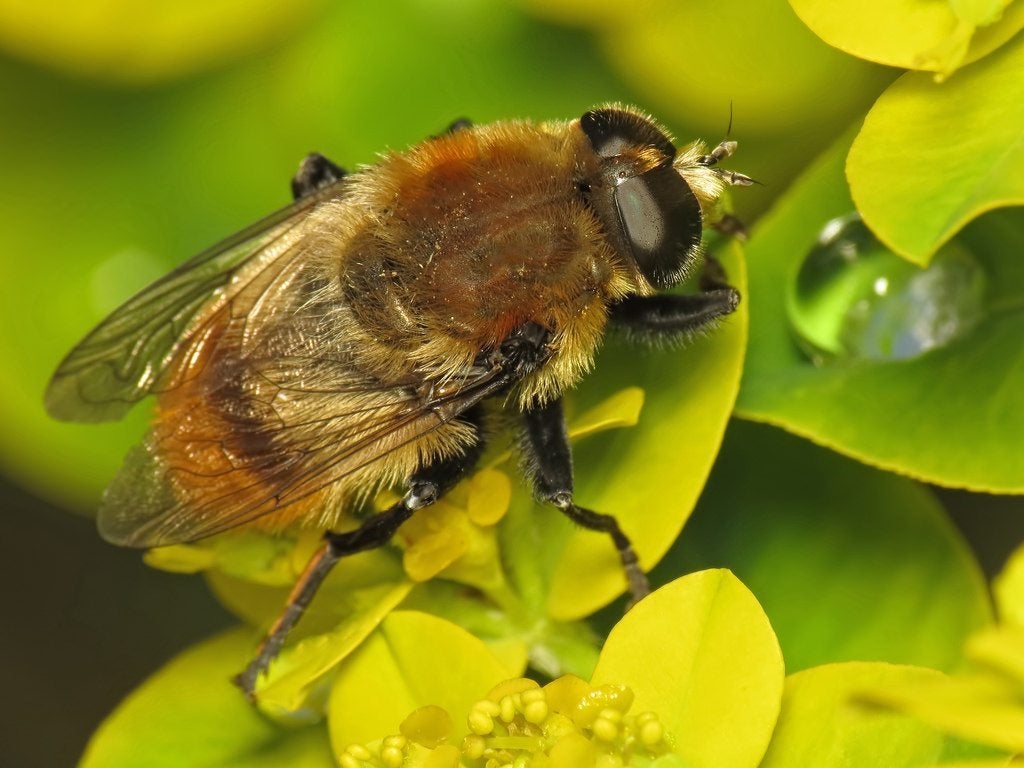

Spring and summer bulbs add unmatched color to the landscape and can be one of the most stunning displays in the garden. Bulb flies can destroy the source of those beautiful tones and forms, as they slowly eat away at the bulb. What are bulb flies? There are several species, each of which has larvae that invades bulbs and gradually eats them from the inside out. The result is a destroyed flower bulb that is garbage. Implement a plan of bulb fly management to avoid the loss of your beautiful seasonal flowers.
What are Bulb Flies?
You may have seen bulb flies flitting about your garden and thought nothing of it. The narcissus bulb flies look a bit like tiny bumblebees and seem charmingly innocuous. The lesser bulb flies look like flies but still don't seem very sinister. The true villains are the larvae of either species. Once eggs are laid and larvae hatch, they creep into soil and burrow into the base of the bulb. There they overwinter, feasting on the material that was supposed to develop into daffodils, hyacinth and other popular blooms. Bulb flies of either species do little harm in their "fly" state. The insects are not native to North America but were introduced from Europe in the late 1860s. They are now widespread in the region and affect plants such as:
Lesser bulb flies can even infest parsnips and plants in the Allium family such as garlic. The best tip on how to kill bulb flies is to capture the adult insects before they can lay their eggs. Each female captured can reduce the population of larvae by 100 potential bulb destroyers. These larvae tunnel into the soil through the basal leaves of the plant until they reach the bulb. There they overwinter and munch their way through the layers of the bulb.
Controlling Bulb Flies
Bulb fly management relies upon prevention, as there are no natural enemies of the insect and most insecticides prove to be more toxic than beneficial. The use of insect nets or sticky traps is an effective and safe bulb fly control. Unfortunately, these measures can also trap beneficial insects such as bees. Removing bulbs after they have died back and separating those with damage from the healthy bulbs can reduce springtime populations of adults. Additionally, mowing the basal leaves back and cultivating around the basal area of the bulb will prevent holes that the pests bore into. The cultural methods of controlling bulb flies are usually sufficient to save the majority of the bulb population and reduce future pest problems. A hot bath is a treat for most of us but a hot water soak can be a death sentence for the destructive larvae. Submerge lifted bulbs in water that is 111 degrees Fahrenheit (44 C.) for 40 minutes. You can kill the adults by spraying pyrethrin based insecticides at the base of the plant. Contact with the spray can kill adults, however, pyrethroids cannot move through soil so this is only for topical contact for adults. Planting bulbs that are not host species or overplanting can reduce the damage from low infestations of the flies. Avoid planting bulbs with any damage where larvae have easy access to tunnel into the structure. In most cases, bulb flies are considered low impact pests where no chemical formulas are required.
Gardening tips, videos, info and more delivered right to your inbox!
Sign up for the Gardening Know How newsletter today and receive a free copy of our e-book "How to Grow Delicious Tomatoes".

Bonnie Grant is a professional landscaper with a Certification in Urban Gardening. She has been gardening and writing for 15 years. A former professional chef, she has a passion for edible landscaping.
-
 Grow ‘Karl Rosenfield’ Peony Plants For The Ultimate Frilly Border Beauties And Cut Flowers
Grow ‘Karl Rosenfield’ Peony Plants For The Ultimate Frilly Border Beauties And Cut FlowersFor frilly double magenta peony petals infused with a heady fragrance, grow ‘Karl Rosenfield’ peony plants. Here’s how to cultivate the ultimate plushy blooms
By Tonya Barnett
-
 10 Common Composting Problems That Can Spoil Your Garden Gold – Plus Easy Fixes
10 Common Composting Problems That Can Spoil Your Garden Gold – Plus Easy FixesLearn how to troubleshoot common composting issues before they ruin your stash – from bad smells and bugs to materials not breaking down as they should.
By Susan Albert
-
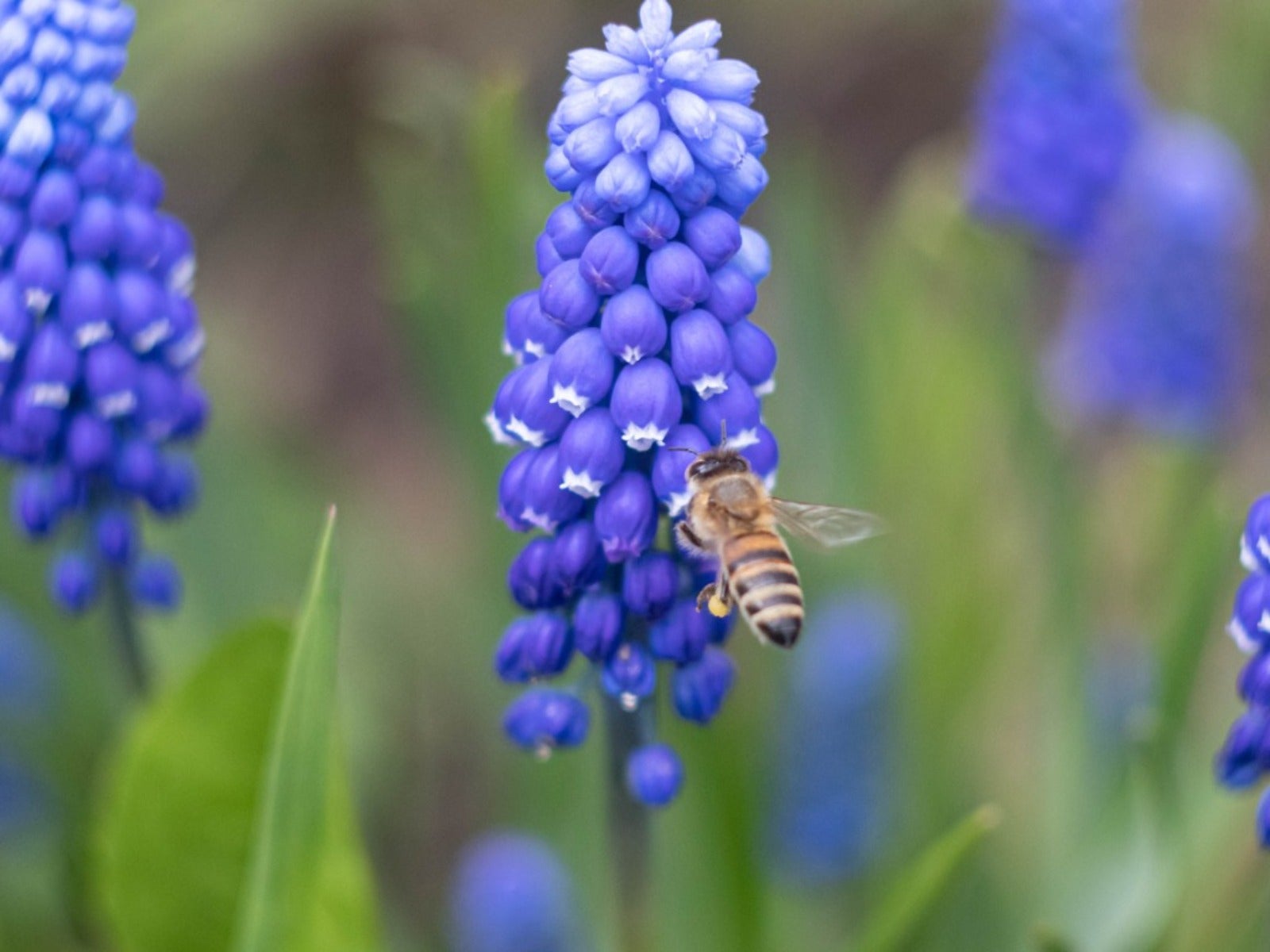 Pretty Spring Bulbs For Pollinators
Pretty Spring Bulbs For PollinatorsWhat are the best flowering bulbs for pollinators in spring? Click here to find out.
By Mary Ellen Ellis
-
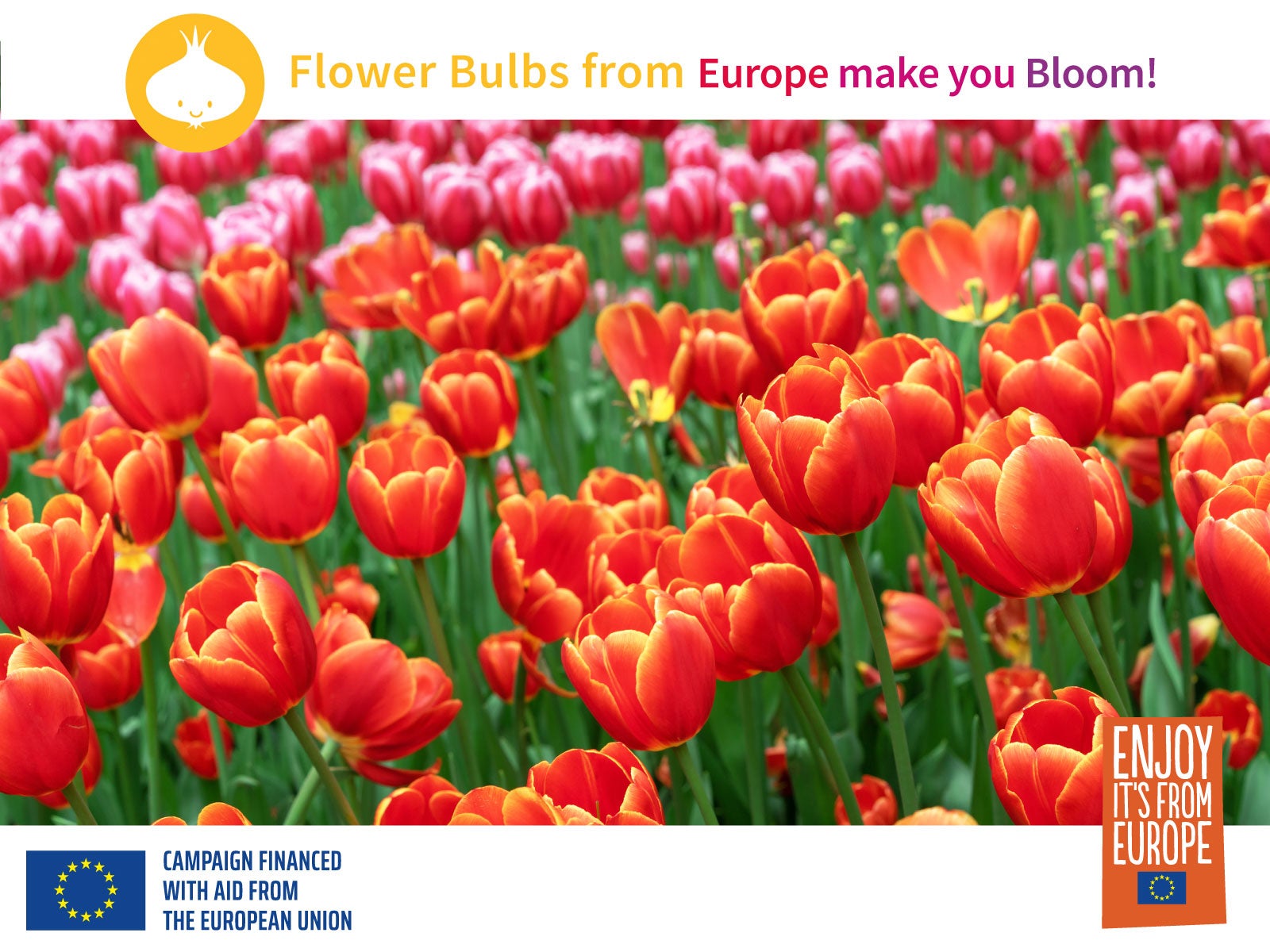 Grow An Early Spring Flowering Bulb Lawn
Grow An Early Spring Flowering Bulb LawnWant a lawn that nourishes pollinators, never needs weeding, and grows more beautiful every year? We have the lawn for you. Click for more.
By Caroline Bloomfield
-
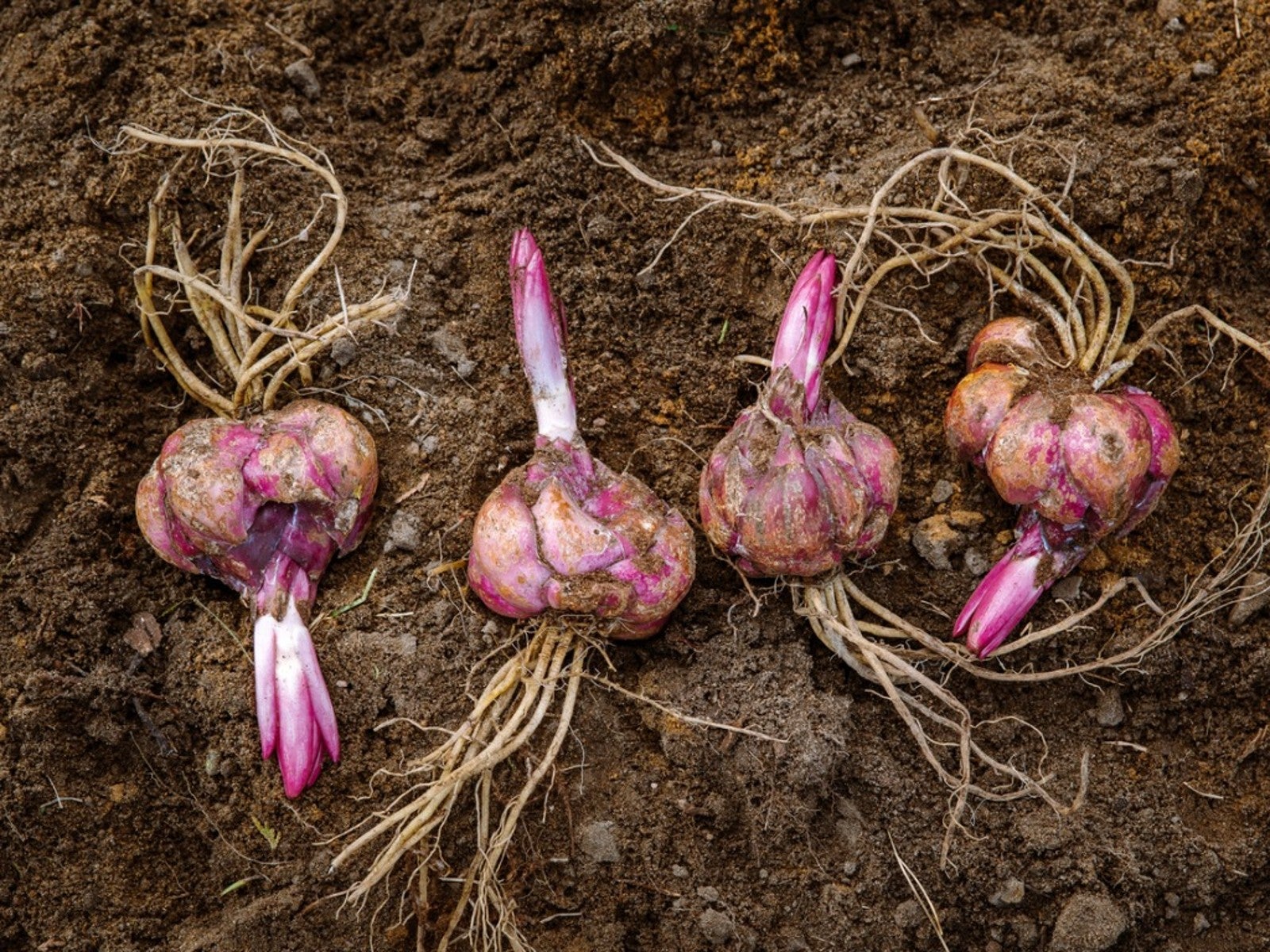 When To Dig Up Bulbs That Bloom In Summer
When To Dig Up Bulbs That Bloom In SummerClick here to learn when to dig up faded summer bulbs of some of the most common ornamentals grown.
By Tonya Barnett
-
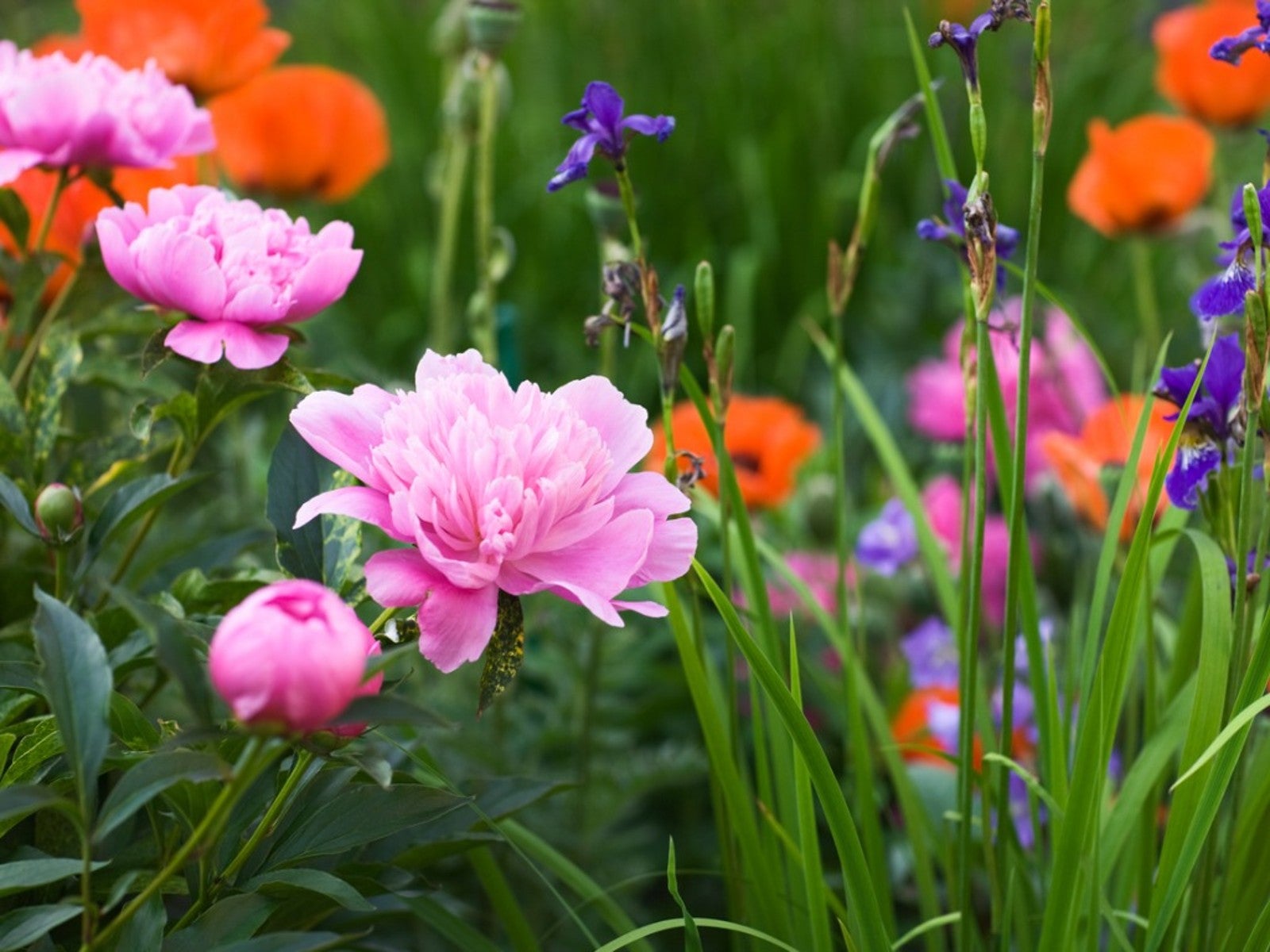 Corms, Tubers, And Bulbs That Are Deer Resistant
Corms, Tubers, And Bulbs That Are Deer ResistantWe love tulips, and so do deer! If you have hungry deer and you hunger for spring blooms, this article should help.
By Amy Grant
-
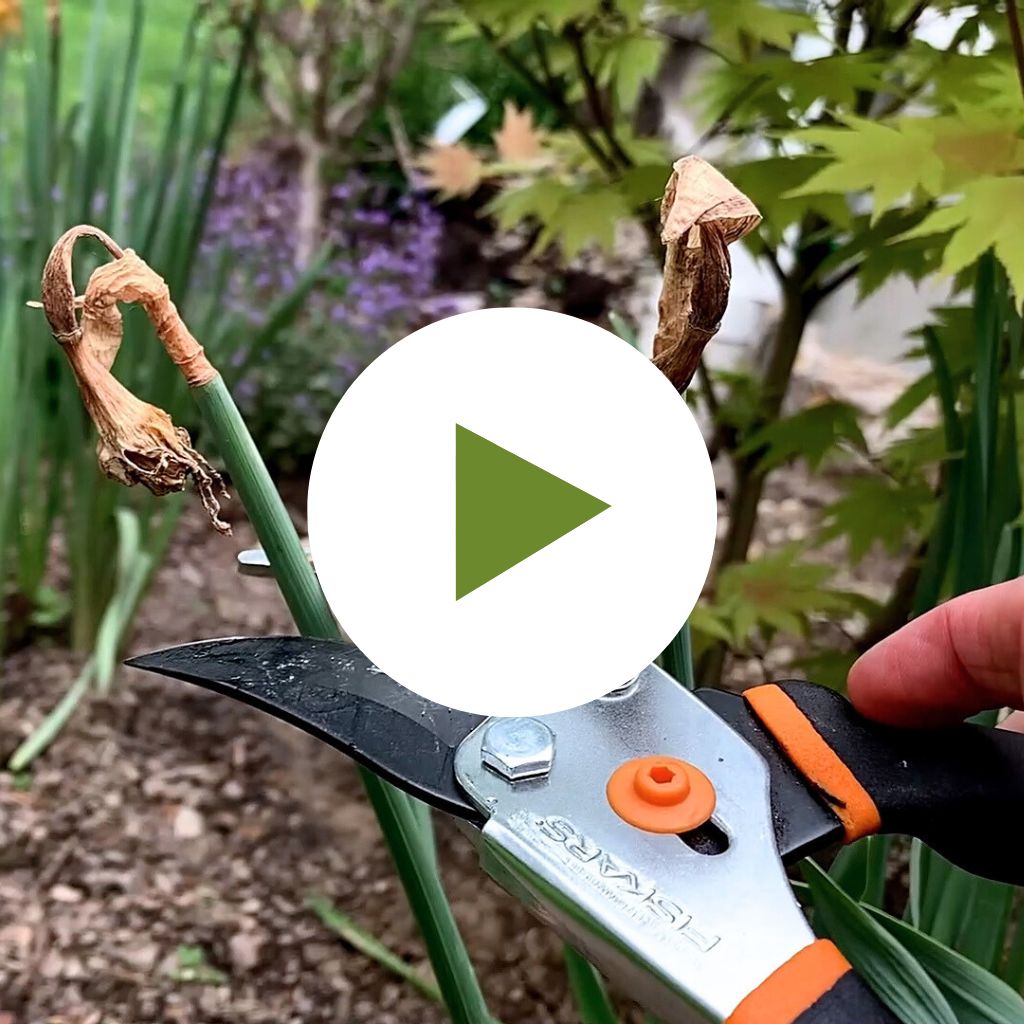 Care for Bulbs After Blooming
Care for Bulbs After BloomingIt's tempting to chop down the leaves after you bulbs have bloomed, but you have to resist this urge! Click to learn why.
By Amy Draiss
-
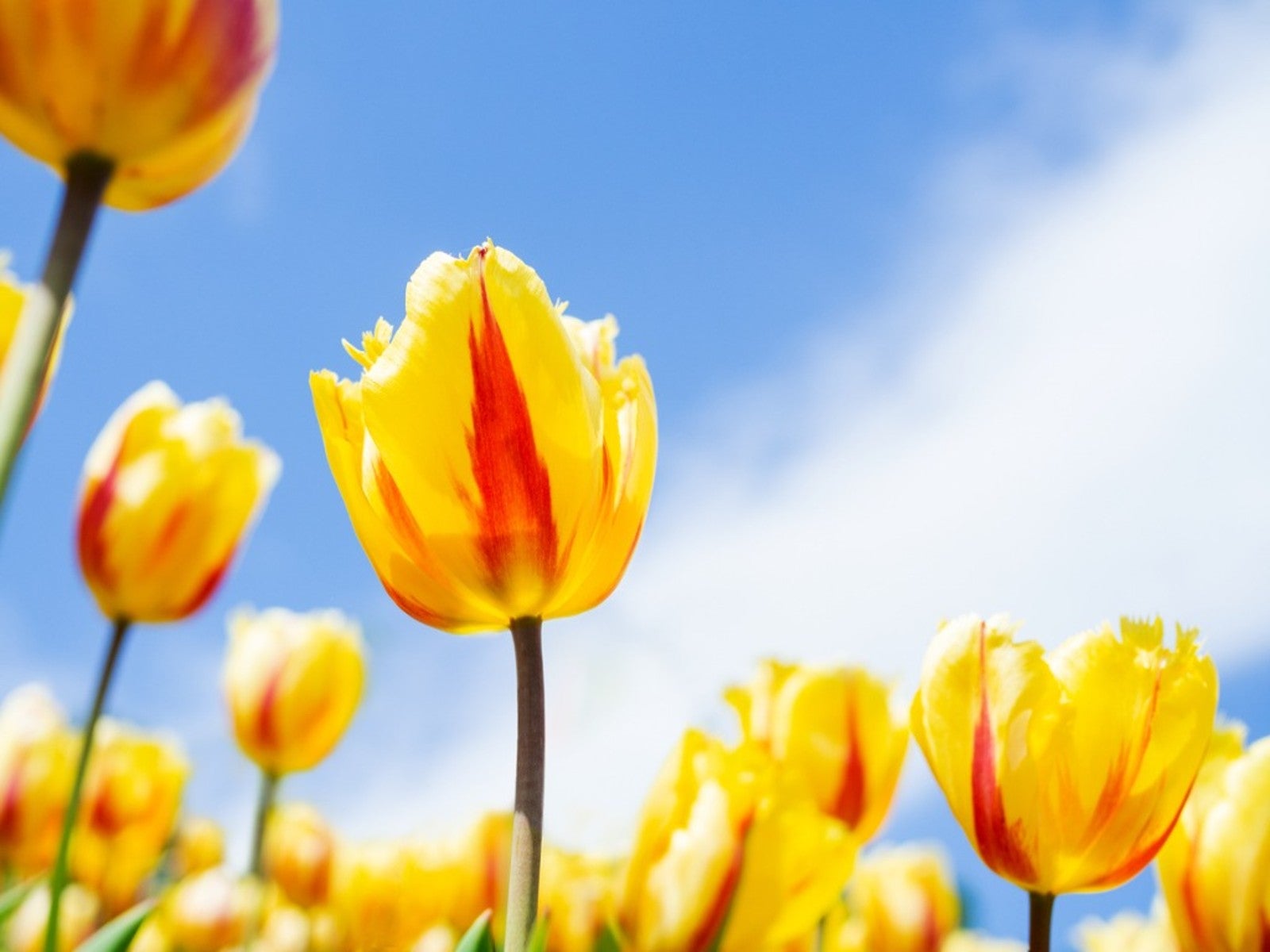 Best Spring Bulbs for Sun and Shade: Bulbs That Grow in Shade and Full Sun
Best Spring Bulbs for Sun and Shade: Bulbs That Grow in Shade and Full SunBulbs are beautiful harbingers of spring. Most flower bulbs thrive in full sun, but what if you have a shaded landscape? Read on for more.
By Amy Grant
-
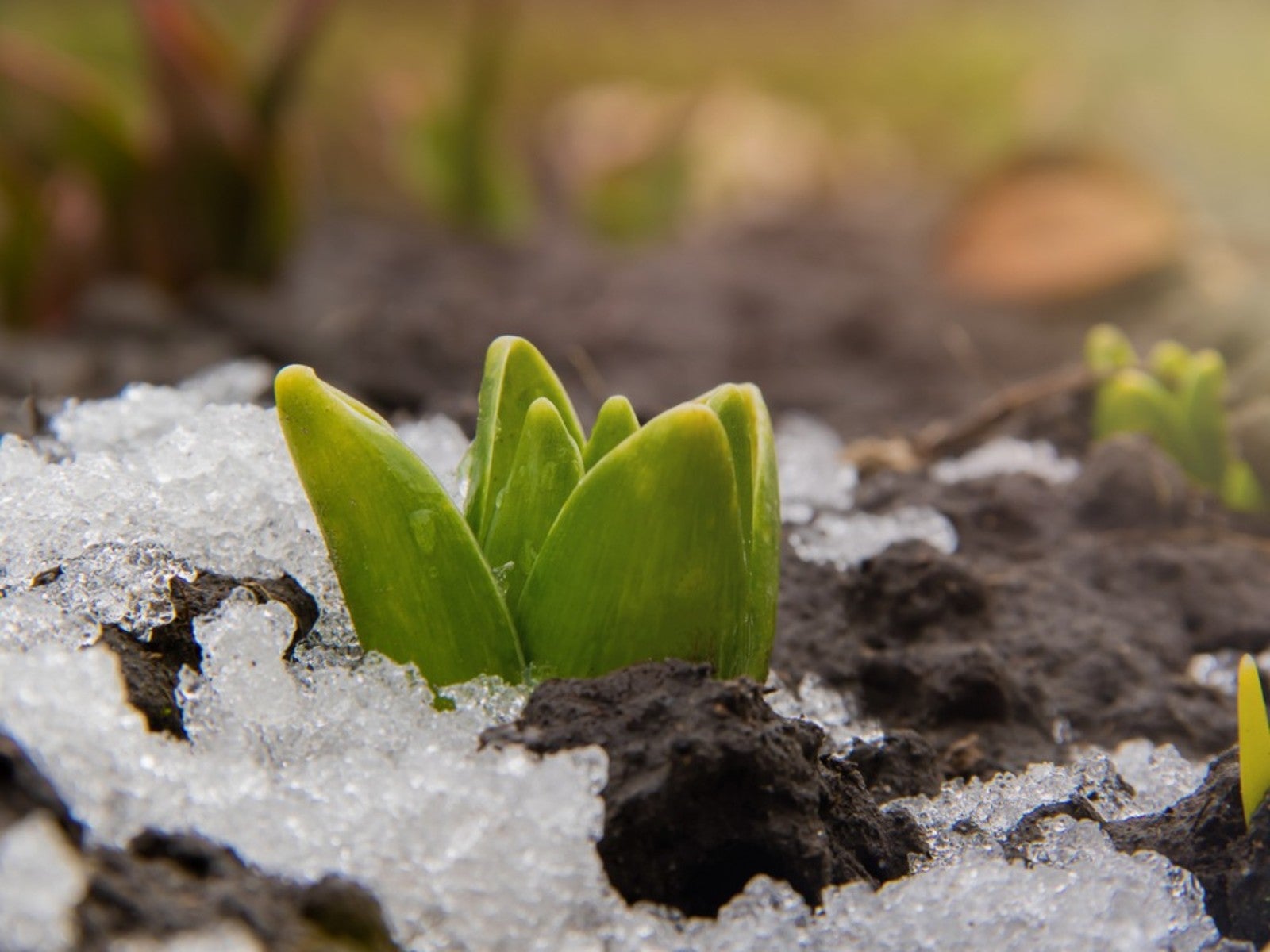 Bulb Life Cycle In Winter: What Bulbs Do For Months Under The Snow
Bulb Life Cycle In Winter: What Bulbs Do For Months Under The SnowDormancy in winter doesn't mean nothing is happening with bulbs. It just means you don't see any growth above the ground. Read on for more.
By Bonnie L. Grant
-
 How To Plant Bulbs In Pots - Lasagna Style
How To Plant Bulbs In Pots - Lasagna StylePlanting bulbs in containers is an easy way to create a gorgeous spring porch arrangement, especially when you use the lasagna method.
By Laura Walters